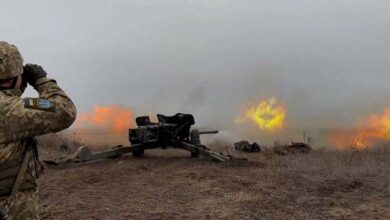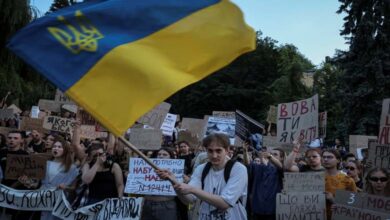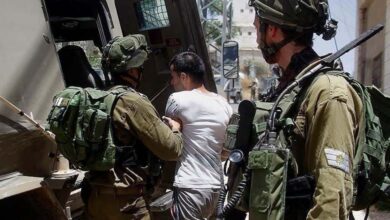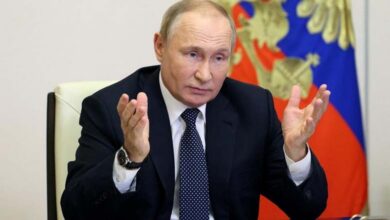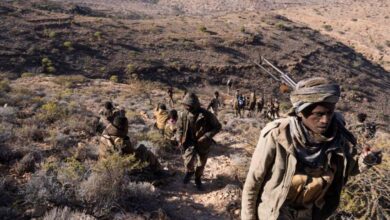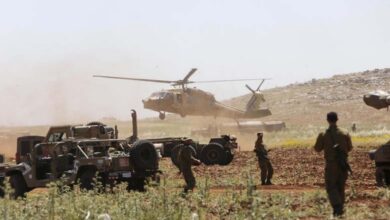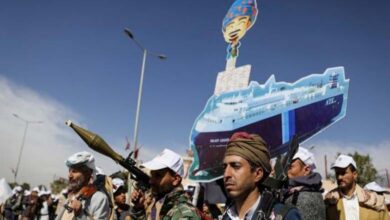What are the factors that contributed to the spread of armed groups in Pakistan? A report answers
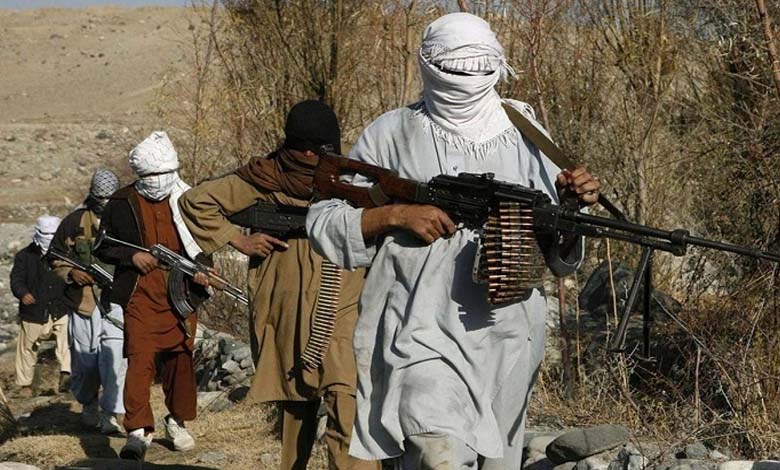
The rise in violence perpetrated by Baloch separatists and the Pakistani Taliban, amid ongoing political instability, represents one of Pakistan’s greatest challenges in 2024. This year has been labeled Islamabad’s most violent in over a decade. According to data from ACLED (Armed Conflict Location & Event Data Project), Pakistan ranked as the 12th most conflict-affected country last year, with one-fifth of its population exposed to violence.
-
After 3 Years in Power: Taliban Declares “Women’s Faces and Voices Are a Shame”
-
What Afghanistan has reaped after 3 years of Taliban rule
Conflict data reveals that 85% of violent incidents were concentrated in the border regions of Balochistan and Khyber Pakhtunkhwa, which serve as strongholds for Baloch separatists and the Pakistani Taliban, according to a report published by “The Independent Arabia” on armed groups in Pakistan.
Baloch separatists accuse the Pakistani government of exploiting the region’s natural resources, which has fueled their ongoing rebellion. In 2024, violence levels reached an all-time high, reflecting the growing military and organizational strength of the separatists, while attacks on Chinese nationals have also increased.
-
After 3 Years in Power, Has the Taliban Achieved Diplomatic Success?
-
First ISIS Attack on Foreign Tourists Since the Taliban’s Return
Similarly, the Khyber Pakhtunkhwa province experienced a deadly year, with rising violence linked to the Pakistani Taliban, ISIS-Khorasan, and Hafiz Gul Bahadur’s group, which is attempting to establish a foothold in Pakistan, resorting to terrorism to incite sectarian unrest.
The report highlights that Pakistan’s recent political instability has significantly contributed to the rise in violence, in an environment of political stagnation and lack of genuine public representation. This political turmoil has worsened national security and strained relations with Afghanistan.
-
The Muslim Brotherhood and the Taliban: What are the similarities and parallels between the two organizations?
-
UN Report Documents Violations by the Taliban
Armed groups exploit internal political tensions to capitalize on public anger, while the government, caught in a political deadlock, struggles to engage in political dialogue or take unified action against these militants.
Experts also argue that human rights violations by state institutions play a significant role in fueling conflicts. Instead of adjusting its policies, the Pakistani state has shown little interest in resolving the Baloch separatist issue through dialogue. On the contrary, it often equates peaceful activists who oppose certain state policies with armed militants.
-
Washington-Taliban Talks in Qatar… These Are the Key Points
-
Efforts to Break the Isolation… Representatives of the Taliban Government Conduct Unofficial Visit to Indonesia
Moreover, the Pakistani Taliban has strengthened its presence in multiple border regions, using symbolic actions in its media campaigns, such as conducting highway patrols and establishing parallel local courts, to project power in the region.
The close ties between the Pakistani Taliban, Jamaat-ul-Ahrar, and Lashkar-e-Jhangvi could allow the group to expand into Punjab, where these two organizations already maintain strong networks.
-
Europe has imposed fresh sanctions on the Afghan Taliban movement
-
UN Report: Al-Qaeda Allies with Taliban and Rebuilds Training Camps in Afghanistan
Finally, according to the report, public statements from the Pakistani Taliban, such as the announcement of a temporary ceasefire during a Pashtun National Council meeting and their commitment to avoiding civilian targets, are strategic moves aimed at garnering local support and strengthening their influence.


